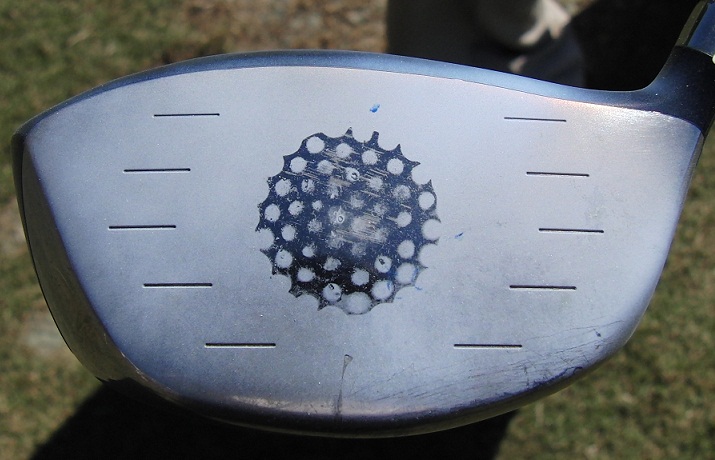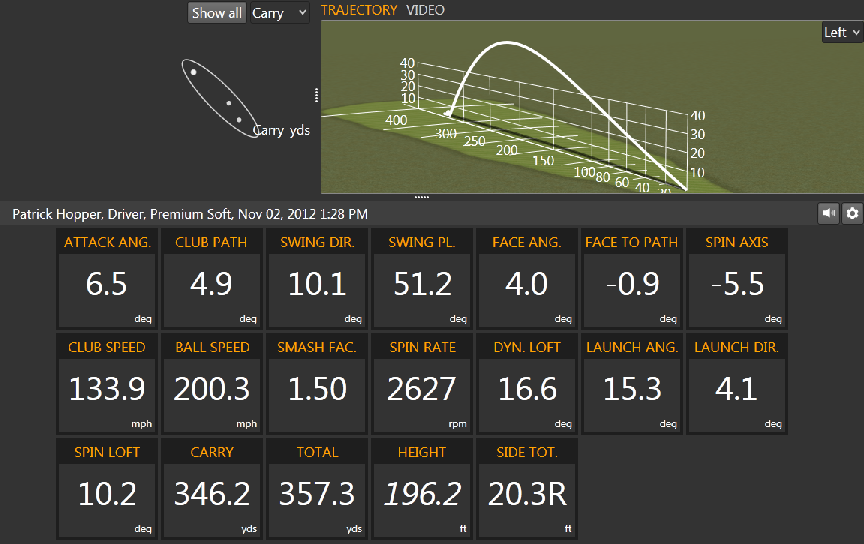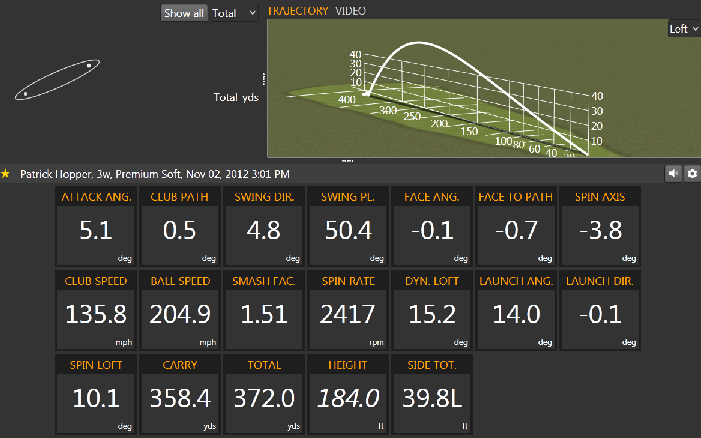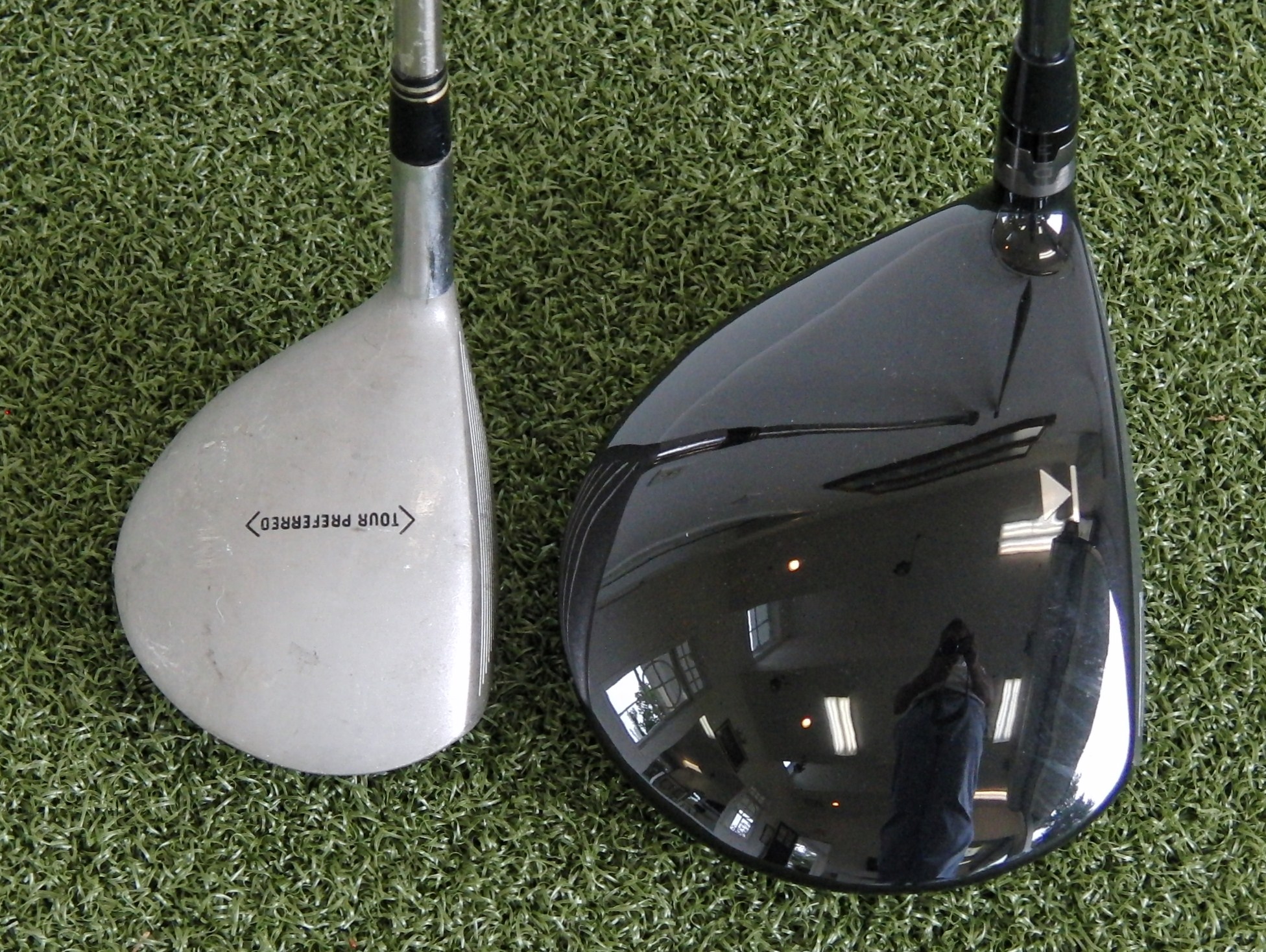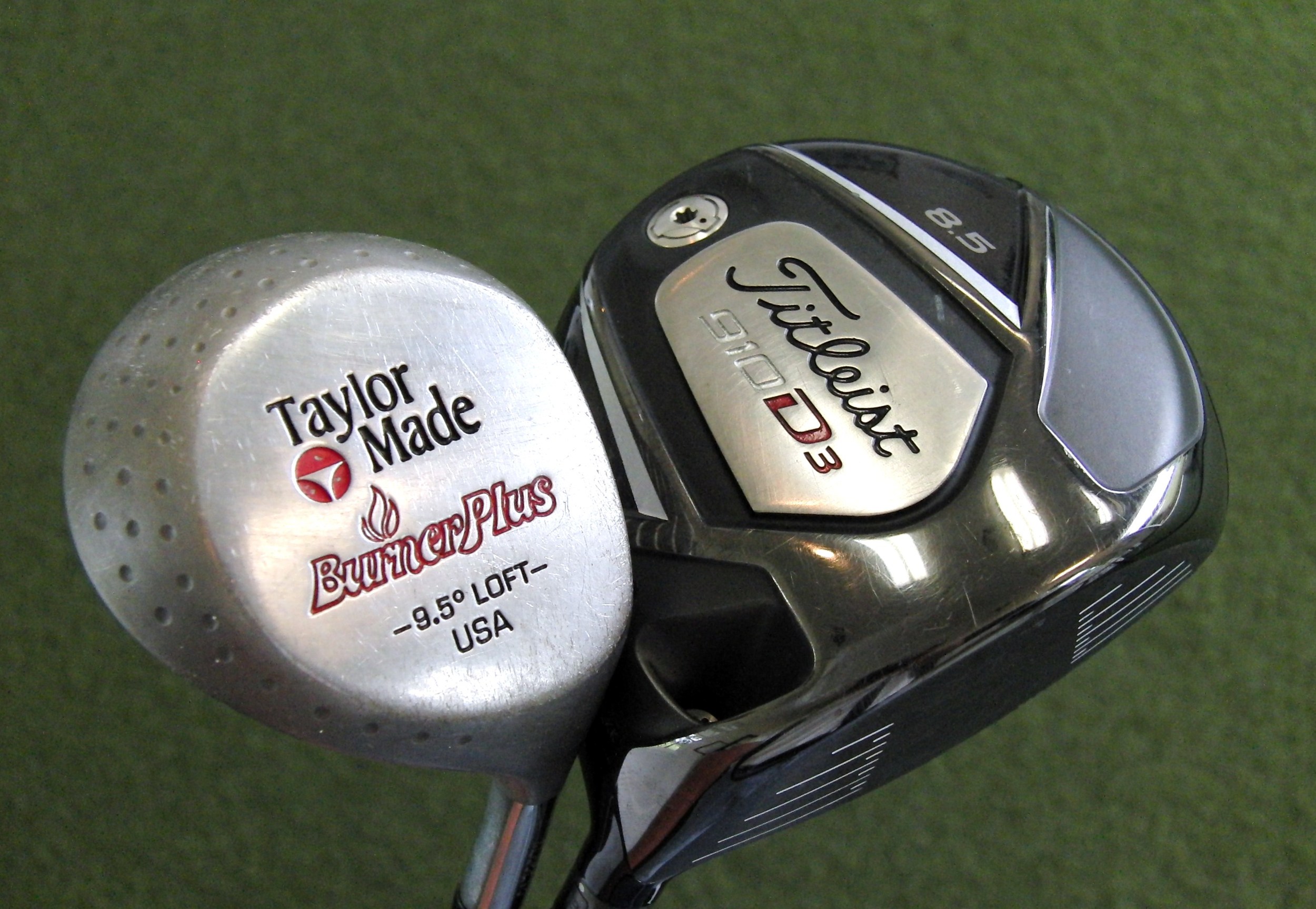This Guy is Really Long...
/Last week I had my first opportunity to work with a professional long driver. Having never taught one before I was not sure what to expect, but I knew that with TrackMan I could help him become more efficient and ultimately make him better at his profession. I must admit though - I was nervous about how to go about things prior to our meeting.
The fine young gentleman I taught was Patrick Hopper - already an accomplished and successful long driver that finished in the top 10 in Remax World Long Drive Championship in 2010.
He arrived with a golf bag full of 48" drivers (all USGA spec) and after chatting for a while he shared that his tendencies were high fades and he sometimes struggled to find the grid. When he started hitting I was in shock - these were the highest and longest golf shots I had ever seen. We even had to get him to aim a little to the right so as to not rain down drives on the golfers warming up on the far side of the range over 350 yards away. The photo below shows how much the ball actually compresses into the face before departing in a hurry....
After watching him hit about a dozen drives we took a look at his TrackMan numbers for a few of his better shots:
- His average apex height was just over 200 feet which was massively high
- His spin rate at 2800 rpm was high
- While his club path was 5.5 degrees outward he tended to hit too many weaker fades which indicated a heel strike
We set out to lower the trajectory and encourage baby draws with a strike point that was very slightly favoring the toe side of the club. After some work and "chipping" a few drives at around 120-125 mph he started to get the hang of a straighter club path and an improved strike point.
Here is a comparison of his best shot before and his best shot after.....
The shot above indicates a slight toe-sided strike which was not his tendency in the early going. The shot below also indicates a similar strike point, but now with a more appropriate launch angle, better spin rate and 15 extra yards.
Keep in mind that the above shots were hit with newer Titleist NXT Tour golf balls into about a 10-12 mph headwind!
What an amazing talent this young man is - I was amazed at how calm and sincerely pleasant he was to work with. At the end of the day he received the same lesson I give golfers everyday - improved distance via better efficiency and improved accuracy via an understanding of how your swing should cause the ball to respond. Keep an eye on Patrick Hopper.
That really was fun!


